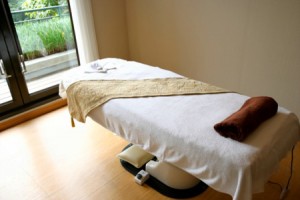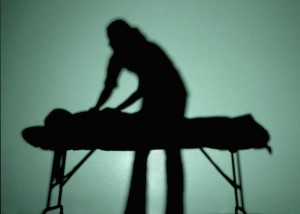Taming the Tube
It had been a particularly busy Saturday, with lots of clients coming in for massage therapy at my office. After work, tired though I was, honey and I went over to the local promenade for dinner and walked along the cement boardwalk for quite a ways looking at the crowds and shops. Usually we […]








